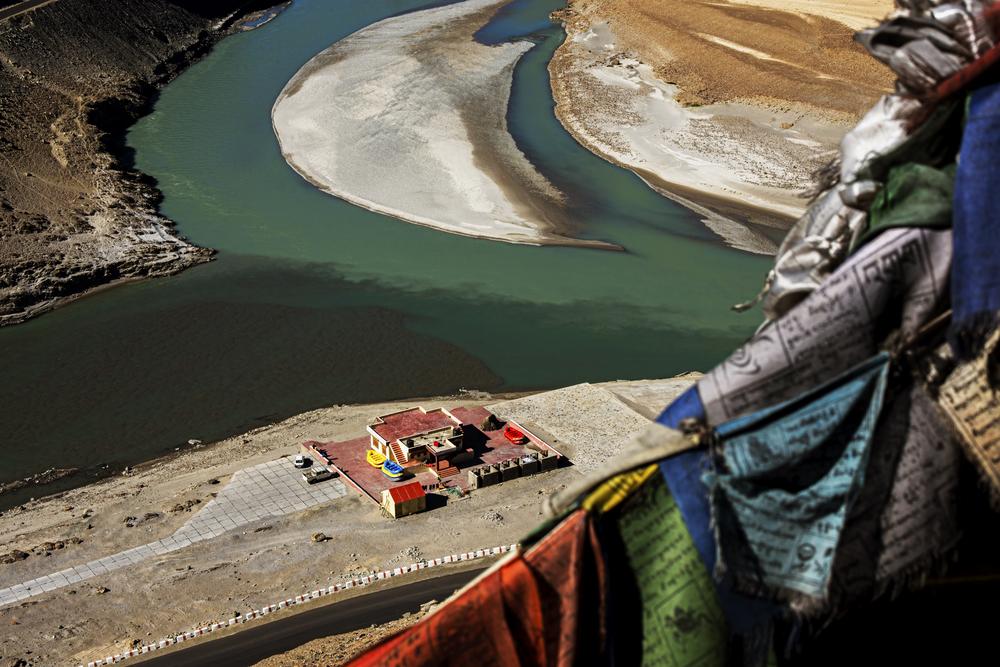New research turns past theories about the Tibetan Plateau upside down. By condensing a period lasting millions of years, a simulation offers a new account of how the southeastern end’s high-lying valleys formed.
Located in Tibet and the Chinese province of Yunnan, the southeast Tibetan plateau is an extraordinary mountainous region. The high peaks are rugged and steep, reaching more than 7,000 meters (nearly 23,000 feet) in height.




